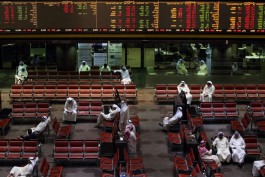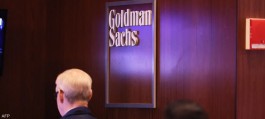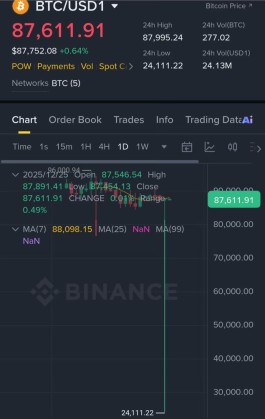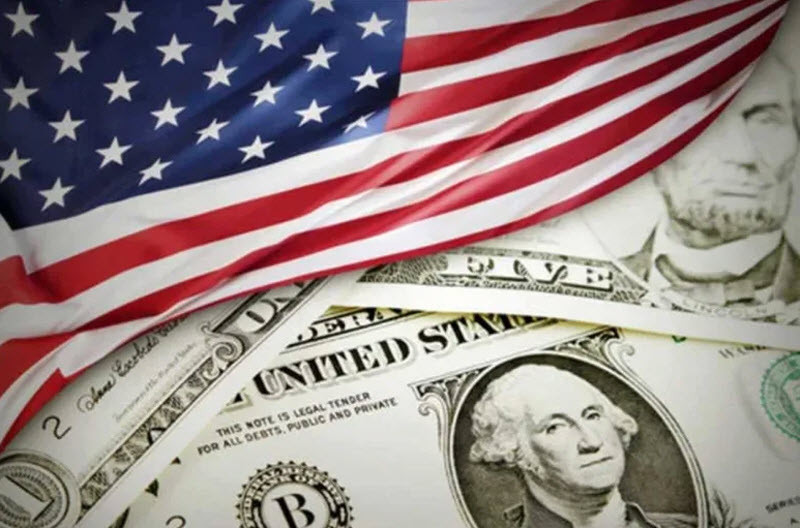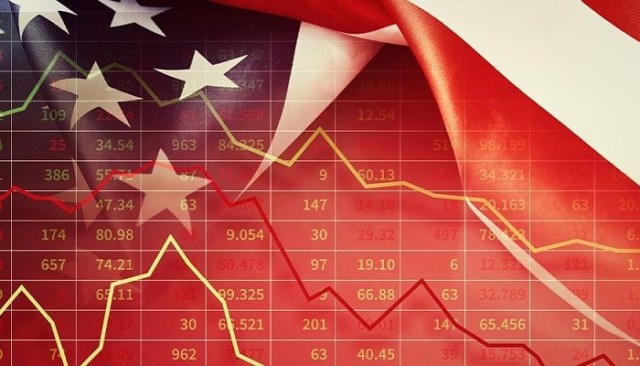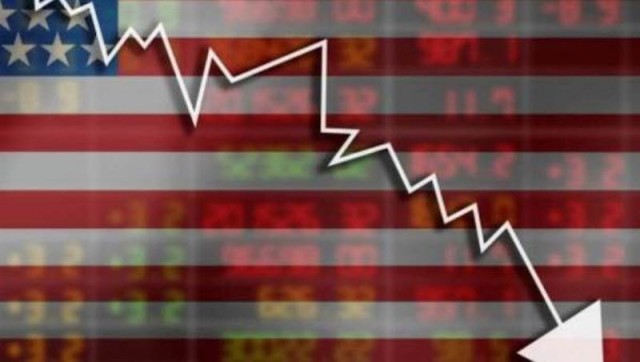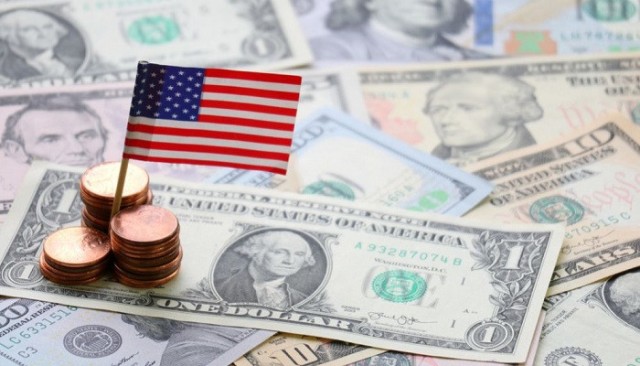The US economy recorded strong growth in the fourth quarter of 2022, with increased consumer spending on purchasing goods.
According to Reuters, preliminary estimates of the US Department of Commerce revealed gross domestic product growth during the fourth quarter, at an annual rate of 2.9%.
The economy had grown 3.2% in the third quarter, and economists polled by Reuters had expected GDP to grow by 2.6%.
This may be the last quarter in which the US economy grows strongly before the delayed impact of the Fed's fastest tightening since the 1980s becomes apparent. Most economists expect the second half of the year to witness a recession, but it will be moderate compared to previous recessions.
Retail sales have fallen sharply over the past two months, and the manufacturing sector appears to have entered a recession, trailing the housing market. While the labor market remains strong, business sentiment continues to deteriorate, which may eventually affect hiring.
Strong growth in the second half of the year erased the impact of the economy contracting by 1.1% in the first six months. For 2022 as a whole, the economy grew 2.1%, down from 5.9% in 2021.
And the US Central Bank raised interest rates by 425 basis points over the past year, from a level close to zero to a range between 4.25% and 4.5%, which is the largest increase since 2007.
Consumer spending, which accounts for more than two-thirds of economic activity in the US, was the main driver of growth and saw a surge in spending on goods at the start of the quarter. Spending was supported by the strength of the labor market, as well as the surplus savings accumulated during the COVID-19 pandemic.
However, the demand for durable goods, which are often purchased on credit, has declined and some families, especially low-income families, have exhausted their savings. Business spending also lost some steam towards the end of the fourth quarter.
A separate report from the Labor Department on Thursday showed that the number of new applications for unemployment benefits fell 6,000 to a seasonally adjusted level of 186,000 in the week ending Jan. 21.
The number of people receiving benefits after the first week of claims rose by 20,000 to 1.675 million in the week ending Jan. 14.











